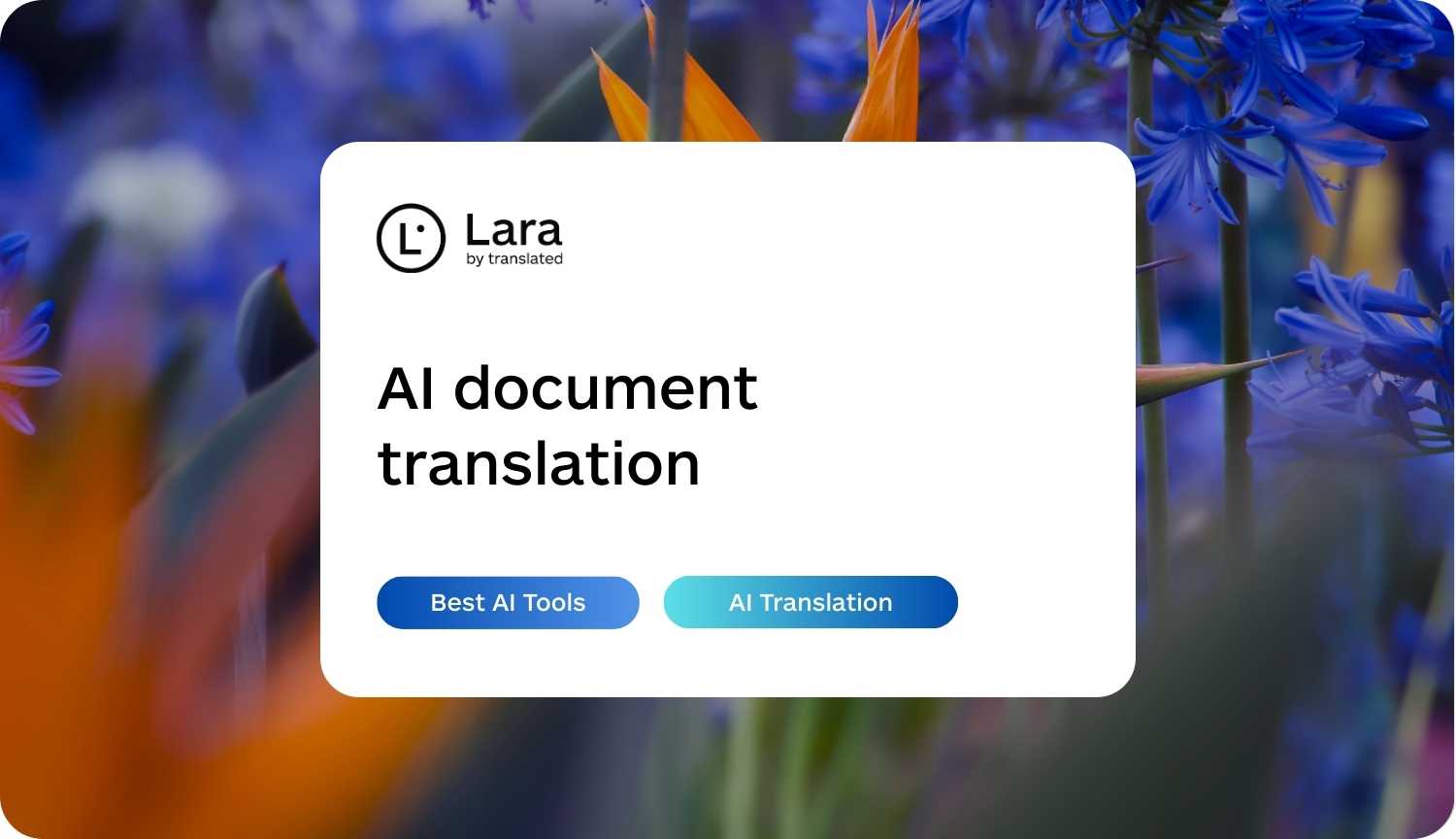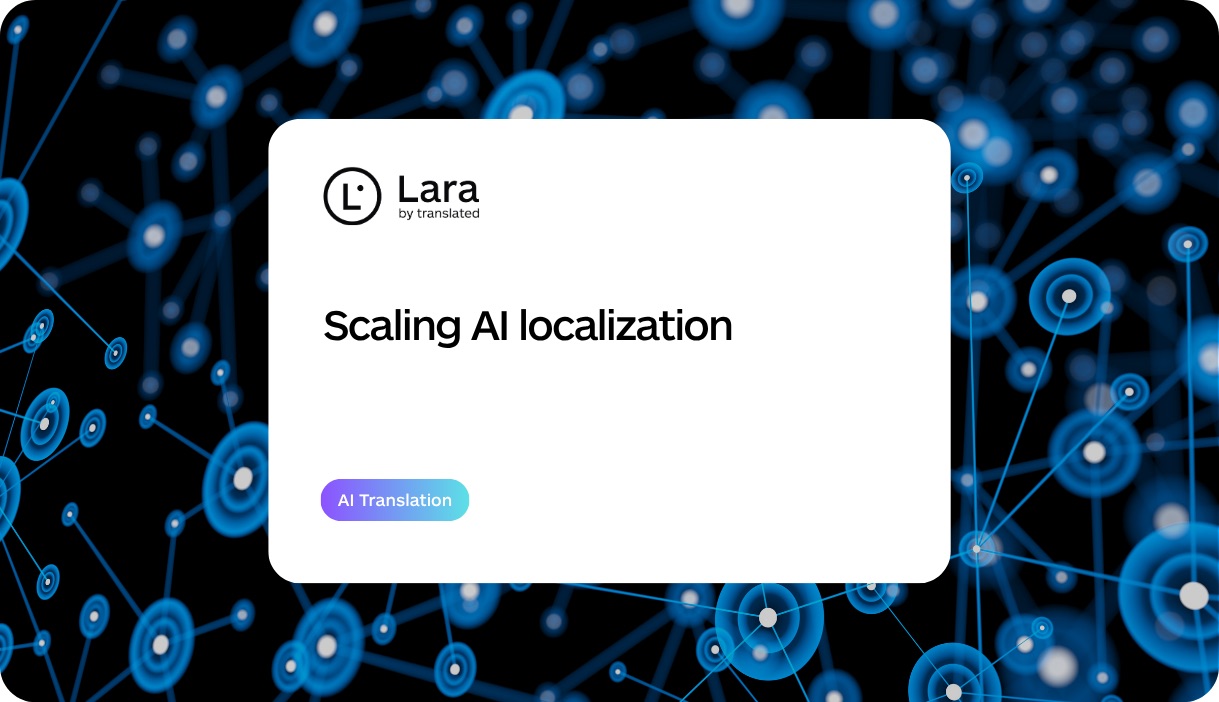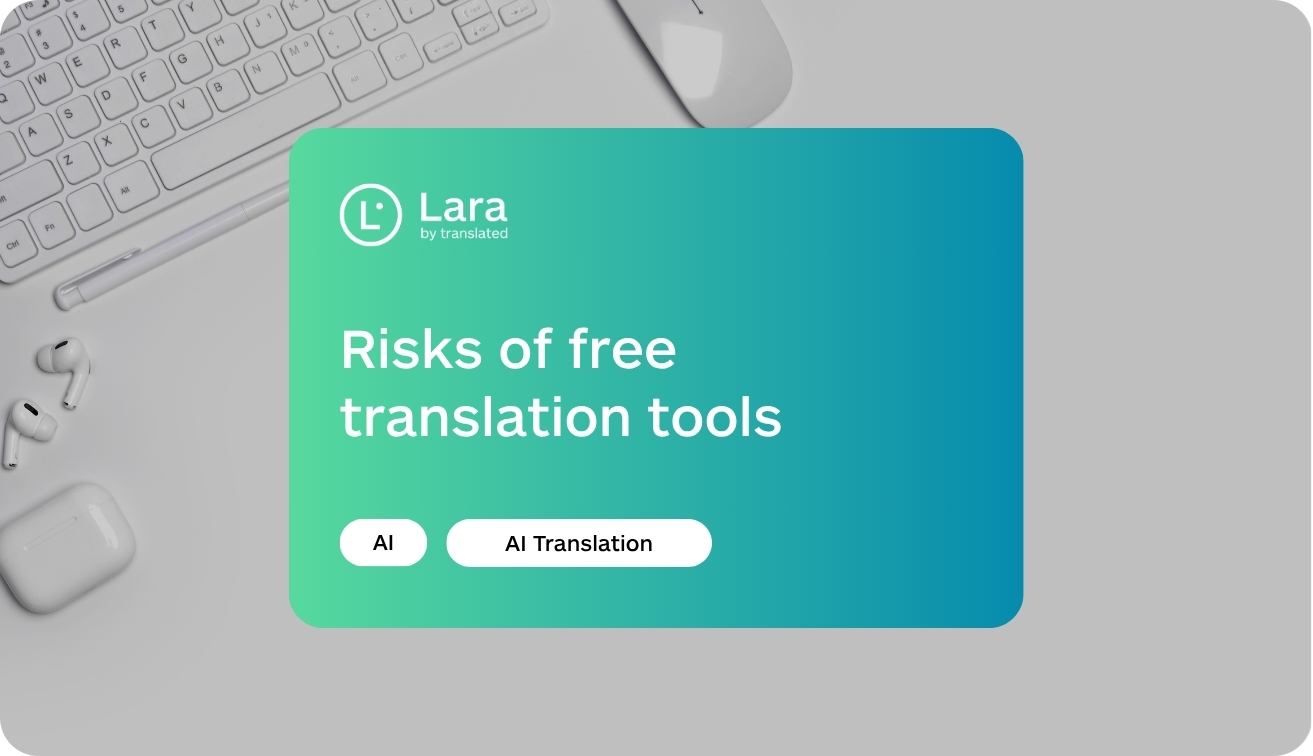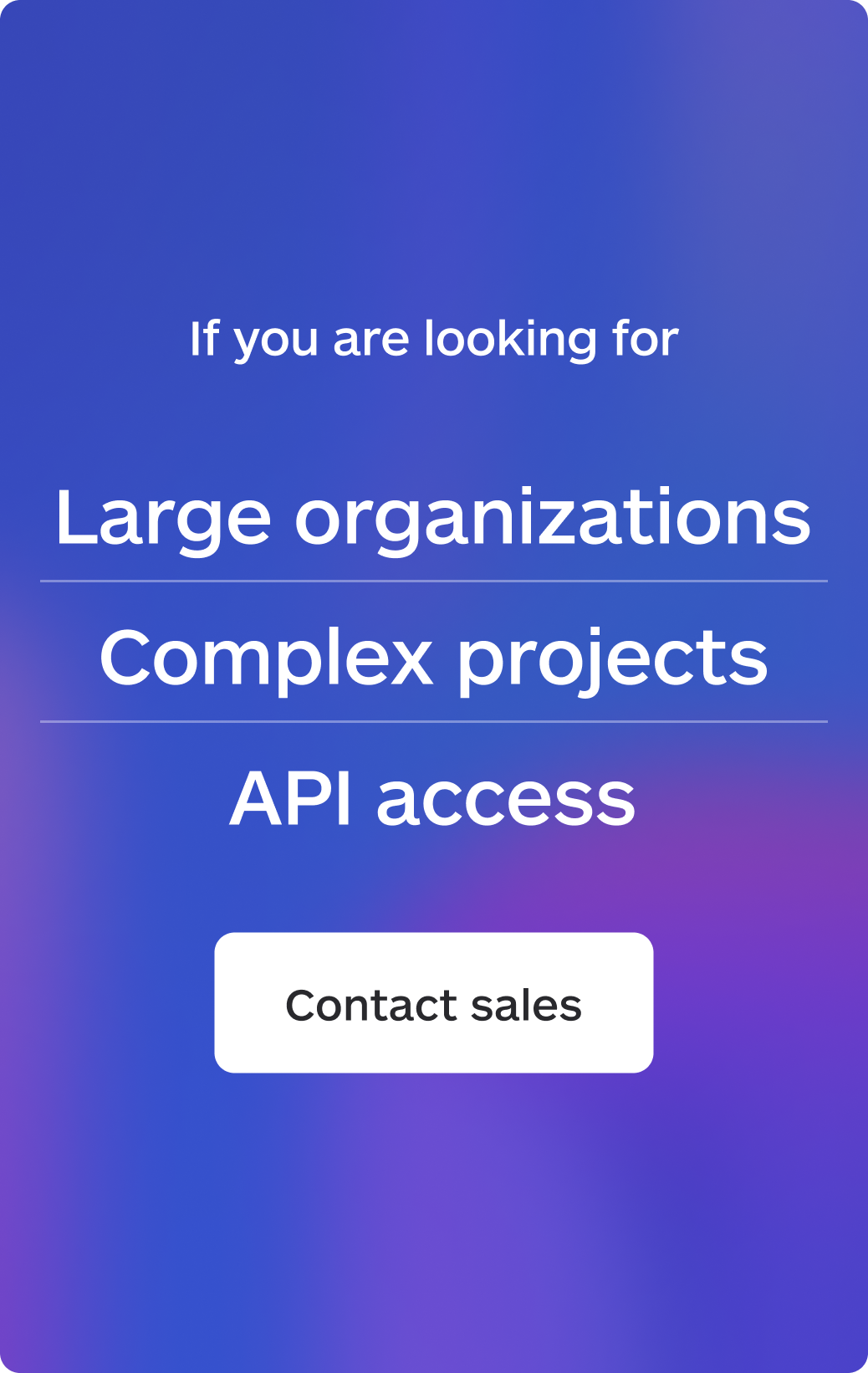Reaching a global audience through multilingual content isn’t just a creative endeavor—it’s a logistical challenge. Whether you’re localizing a product launch, website, or marketing campaign, managing your translation budgets and deadlines requires tight coordination and precision.
![]()
According to Reuters, for the last couple of years, corporations have allowed capital expenditures to grow much faster than sales. Capital expenditure growth is expected to outpace sales growth by 9.4% in 2025. Without proper tracking, teams risk overspending, missing launch dates, and compromising quality.
That’s where effective time tracking solutions come in. They bring structure and visibility to your localization efforts, enabling project managers to forecast more accurately, allocate resources smarter, and ensure accountability from both internal teams and external linguists.
Why Time Tracking Matters in Translation Projects
Translation workflows involve multiple stakeholders—project managers, in-country reviewers, linguists, editors, QA teams—all operating across time zones. Without real-time visibility into who’s doing what, how long it’s taking, and where delays occur, managing deadlines and staying within scope becomes guesswork.
Time tracking doesn’t just provide oversight—it delivers insights. By understanding the actual time spent on different phases (e.g., initial translation, editing, final QA), localization managers can optimize processes, improve vendor negotiations, and ensure resource allocation aligns with project complexity.
In fact, according to Timely, time tracking can increase a person’s productivity by up to 80%. Organizations that implement time tracking and reporting can enhance project deadline accuracy and lay the groundwork for improved time management.

Budget Control Through Accurate Tracking
Accurate time tracking is one of the most powerful levers for controlling translation budgets. Whether you’re working with freelance translators or agency partners, being able to compare quoted vs. actual time helps you:
- Identify bottlenecks that inflate costs
- Improve future project estimates
- Track scope creep and mid-project changes
- Quantify the ROI of machine vs. human translation workflows
For example, if a project consistently exceeds estimated hours during post-editing, it may indicate quality issues with the initial machine translation or suboptimal vendor performance.
When armed with granular time data, organizations can renegotiate contracts, reallocate resources, or invest in training where needed. Over time, this leads to leaner, more efficient multilingual content operations.
Balancing Speed and Quality with Time Insights
Speed and quality often feel like opposing forces in translation. But when time tracking is used not just as a clocking tool but as an intelligence layer, it helps teams strike the right balance.
By analyzing trends in turnaround times and review cycles, you can spot inefficiencies. Are linguists spending too long clarifying briefs? Are QA reviewers catching recurring terminology issues that could be resolved upstream?
Time tracking also supports quality assurance by correlating time spent with output effectiveness. For instance, an overly rushed translation that triggers multiple revisions may cost more in the long run than a slightly longer, more thorough pass upfront.
Ultimately, this holistic view allows you to build workflows that are both fast and accurate—vital when launching in multiple languages simultaneously.
Time Tracking Solutions for Localization Teams
Choosing from the best time tracking solutions can dramatically improve localization efficiency. When evaluating tools, look for features that cater to translation-specific needs:
- Project-level and task-level time logging
- Integration with CAT tools or TMS (e.g., memoQ, Smartling)
- Support for both in-house teams and freelance contributors
- Role-based permissions and approval workflows
- Real-time dashboards for PMs
Some of the best time tracking solutions in 2025 include tools like Toggl Track, Harvest, and Everhour, all of which offer seamless integrations and detailed reporting dashboards.
These platforms enable localization leads to assign tasks, monitor progress, and ensure every dollar or euro is accounted for. That’s a significant upgrade from the spreadsheet-and-email status quo.
Lara Translate and Integrated Tracking Workflows
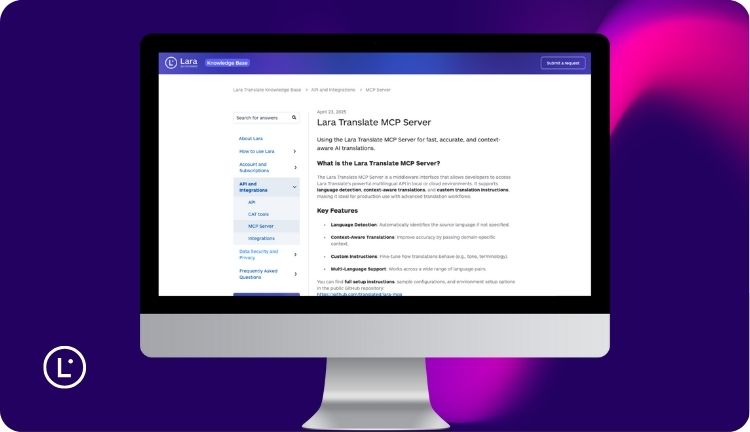
Lara Translate is designed to support structured, time-sensitive localization workflows by seamlessly integrating with a variety of time tracking solutions. Through MCP server & flexible APIs and platform interoperability, teams can connect translation timelines with their preferred time tracking tools to centralize project oversight and minimize administrative effort.
These integrations enable automatic synchronization of project milestones, task progress, and time logs, creating a unified view of translation activities across teams and vendors. This not only improves transparency but also ensures consistency in tracking performance against deadlines and budgets.
Time-based analytics within Lara Translate allow organizations to compare turnaround times, resource usage, and efficiency across languages, vendors, and content types. Whether managing high-volume technical documentation or agile marketing campaigns, this combined tracking ecosystem helps localization leads maintain both cost control and delivery precision.

Metrics to Monitor for Successful Project Delivery
To maximize value from time tracking, it’s important to track the right performance indicators. These include:
- Planned vs. actual hours: Detects overruns early
- Average time per content type: Optimizes workflows for blogs vs. product pages vs. legal docs
- Time spent in each phase: Highlights bottlenecks in QA, editing, or approval
- Delay frequency by vendor/language: Improves vendor management
Coupling these metrics with project outcomes (e.g., go-live delays, user engagement drops) provides a rich picture of what’s working—and what isn’t.
Case Scenarios and ROI Benefits
Case 1: SaaS Company Reduces Localization Costs by 18%
A mid-sized SaaS company using Lara Translate and Toggl Track saw immediate gains. After implementing structured time tracking, they discovered that nearly 30% of their localization budget was being spent on rework—mostly due to poor source content quality.
By addressing these upstream issues and reallocating budget to content planning and editing, they reduced overall translation spend by 18% within six months while improving delivery timelines.
Case 2: E-Commerce Retailer Improves Product Launch Coordination
An e-commerce brand localizing for four markets used Harvest to monitor translation stages for seasonal product campaigns. Tracking showed that review phases in German and French consistently caused week-long delays.
This led to the creation of parallel workflows and region-specific review protocols, cutting total go-to-market time by 22% for international launches.
These case studies underscore how the best time tracking solutions don’t just record time—they unlock smarter, more cost-effective global strategies.
![]()
Getting Buy-In from Teams and Freelancers
Adoption can be a hurdle when introducing time tracking into creative or linguistic teams. Freelancers may worry it adds administrative burden; in-house staff may view it as micromanagement.
To overcome this:
- Focus on benefits, not surveillance: Emphasize how tracking supports fairness, transparency, and better project planning.
- Automate where possible: Use tools with minimal manual input and integrations with TMS platforms.
- Offer training: Familiarize linguists with your chosen system and explain how it improves workflow.
- Show results: Share how tracking has led to better estimates, fewer delays, and more repeat business.
When implemented thoughtfully, time tracking fosters a culture of professionalism and continuous improvement—values shared by top-tier translation teams.
Translation and localization are essential pillars of global business growth—but managing them without time tracking is like navigating without a map. The combination of budget sensitivity, tight timelines, and quality expectations demands precision at every step.
Time Tracking and Translation Go Hand in Hand
By adopting time tracking, integrating it into your translation stack, and using data to optimize continuously, you can confidently scale your international efforts without budget overruns or launch delays.
Lara Translate is committed to powering your multilingual strategy—on time, on budget, and on brand.
FAQ
What’s the best way to track time for translation projects?
Use a dedicated time tracking tool that integrates with your TMS or project management platform. This minimizes duplication and ensures accurate data collection.
Can time tracking really help reduce translation costs?
Yes. It helps detect scope creep, measure productivity, and improve estimates—all of which contribute to tighter budget control.
What if our freelancers push back on using time trackers?
Choose tools that are intuitive and non-intrusive. Offer clear communication on the why, and ensure they’re compensated fairly for time tracked.
How often should we review tracked data?
Monthly reviews are ideal for ongoing campaigns. For larger launches or multi-region projects, weekly dashboards can help identify issues early.
Are there industry standards for time spent on translation tasks?
Benchmarks vary by content type and language pair. Use your tracked data to build internal baselines that reflect your workflow and team dynamics.
This article is about
- How time tracking tools help manage translation budgets and deadlines
- The role of time analytics in optimizing localization workflows
- Choosing the best time tracking solutions for translation teams
- Integrating tracking platforms with Lara Translate’s localization engine
- Key performance metrics for translation project efficiency
- Case studies showing ROI from tracked translation workflows
- Strategies for team buy-in and smooth adoption of tracking tools


